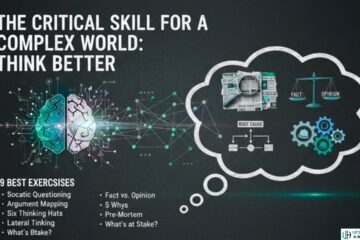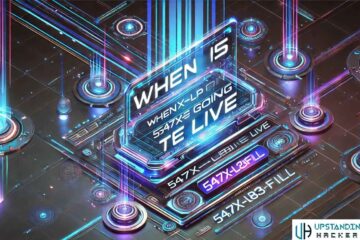In the realm of enterprise architecture, TOGAF (The Open Group Architecture Framework) stands tall as a comprehensive methodology, providing a structured approach to designing, planning, implementing, and managing enterprise architecture.
Central to TOGAF’s methodology and TOGAF certification are its building blocks, the elemental components that form the foundation of an organization’s architecture. Let’s explore the significance of TOGAF building blocks and elucidate their role through practical examples.
Similarly, the ITIL certification concentrates upon fundamental components that shape good IT service management. ITIL’s basic principles are defined by these foundational elements, which are similar to TOGAF building blocks. This investigation digs into the relevance of ITIL certification, dissecting its key components with practical examples to provide a full grasp of IT service quality.
Understanding TOGAF Building Blocks
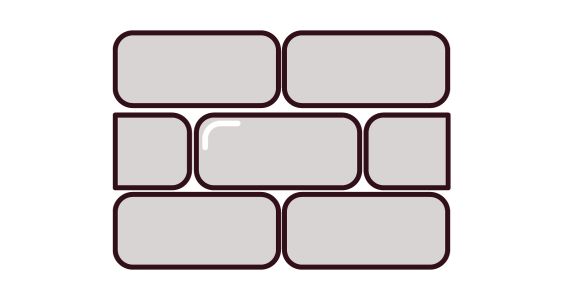
1. What are TOGAF Building Blocks?
TOGAF defines building blocks as reusable components of architecture that are integral for creating an enterprise architecture. They encapsulate the core functionalities, services, or capabilities essential for designing an organization’s architecture.
2. Importance of Building Blocks in TOGAF
Building blocks serve as the cornerstone of architectural development within TOGAF. They facilitate standardization, modularity, and reusability, enabling architects to design robust and flexible architectures tailored to an organization’s needs.
Essential Components of TOGAF Building Blocks

1. Standards Building Blocks
Standards building blocks encompass established industry standards, guidelines, or specifications adopted by an organization. For instance, adopting standardized protocols like TCP/IP or ISO 27001 for information security serves as a standard building block.
2. Technology Building Blocks
Technology building blocks comprise specific technological elements or tools utilized within an organization’s architecture. Examples include database management systems, cloud computing services, or customer relationship management (CRM) software.
3. Application Building Blocks
Application building blocks encapsulate software components or applications that fulfill specific business functions. For instance, an e-commerce platform, a payroll system, or a content management system (CMS) can serve as application building blocks.
4. Data Building Blocks
Data building blocks encompass the core data entities, structures, or repositories crucial for an organization’s operations. These could include databases, data warehouses, data lakes, or specific data models used for decision-making.
Examples of TOGAF Building Blocks in Practice
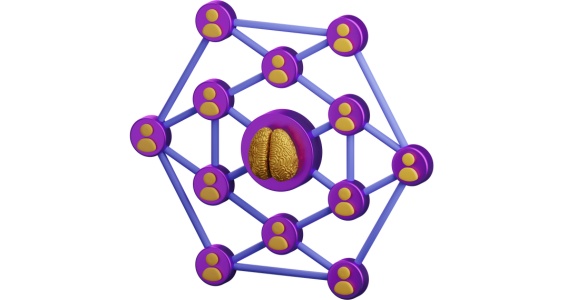
1. Standards Building Block: TCP/IP Protocol
In a networking infrastructure design, the TCP/IP protocol serves as a standard building block. Its widespread adoption as a communication protocol for the internet ensures interoperability and connectivity, forming the backbone of network architectures.
2. Technology Building Block: Cloud Computing Services
Consider cloud computing services like Amazon Web Services (AWS) or Microsoft Azure. These services serve as technology building blocks, offering scalable infrastructure, storage, and computing resources essential for modern enterprise architectures.
3. Application Building Block: Customer Relationship Management (CRM) System
A CRM system, such as Salesforce or HubSpot, serves as an application building block. It centralizes customer data, streamlines interactions, and facilitates sales and marketing activities within an organization’s architecture.
4. Data Building Block: Enterprise Data Warehouse
An enterprise data warehouse, aggregating and storing comprehensive organizational data, acts as a data building block. It serves as a centralized repository for analytics, reporting, and decision-making processes.
Utilizing TOGAF Building Blocks in Architectural Development
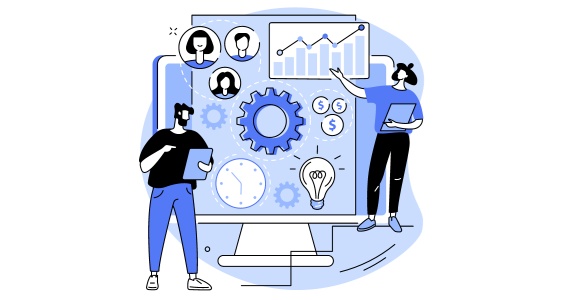
1. Modular Architectural Design
Architects leverage building blocks to create modular architectural designs. This approach allows for flexibility, scalability, and easier integration of new components or technologies into the existing architecture.
2. Reusability and Standardization
Building blocks promote reusability and standardization across an organization’s architecture. Components like standardized applications or data structures streamline processes and minimize redundancy.
3. Streamlined Decision-Making
By categorizing architecture into distinct building blocks, decision-making becomes more structured. Architects can assess and prioritize building blocks based on business requirements, technological advancements, or industry standards.
Challenges and Strategies in Building Block Implementation
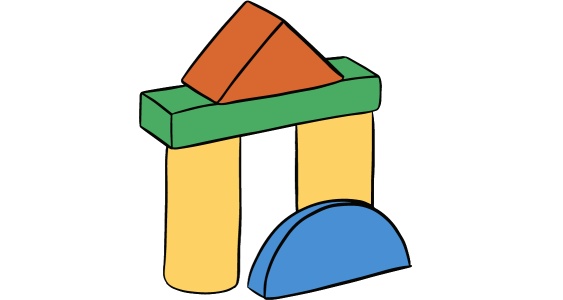
1. Aligning with Business Objectives
A challenge lies in aligning building blocks with evolving business objectives. Strategies involve continuous communication with stakeholders and periodic reassessment to ensure alignment with organizational goals.
2. Managing Complexity
As architecture grows, managing the complexity of interdependent building blocks becomes vital. Utilizing effective governance frameworks and documentation aids in managing complexity.
3. Evolving Technology Landscape
The rapid evolution of technology poses challenges in maintaining relevance. Continuous monitoring of technological advancements and agile adaptation ensure building blocks stay current and effective.
Strategic Deployment of TOGAF Building Blocks

1. Agile Development and Iterative Approaches
Incorporating building blocks within an Agile development framework ensures iterative improvements. Architectural elements can be continuously refined and adapted based on evolving business needs and technological advancements.
2. Solution Design and Integration
Building blocks facilitate effective solution design and integration. Architects leverage standardized building blocks to design solutions that seamlessly integrate with existing architectures, minimizing integration challenges and ensuring compatibility.
3. Scalability and Flexibility
The modularity of building blocks allows for scalability and flexibility. Organizations can scale operations or introduce new functionalities by adding or modifying building blocks without causing disruptions to the entire architecture.
Real-world Scenarios of TOGAF Building Blocks
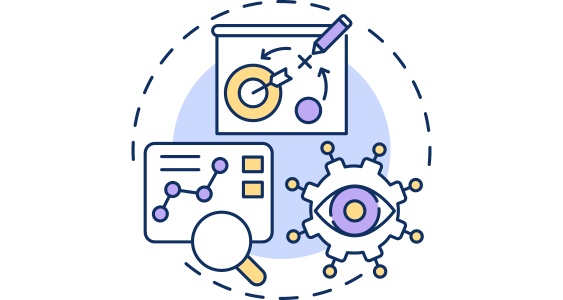
1. Financial Services: Security Protocols
In financial institutions, security protocols like OAuth or Single Sign-On (SSO) serve as standard building blocks. These protocols ensure compliance and secure access to financial data across various applications and systems.
2. Manufacturing Industry: ERP System as an Application Block
In manufacturing, Enterprise Resource Planning (ERP) systems function as crucial application building blocks. These systems integrate various operations, including inventory management, production planning, and supply chain management.
3. Healthcare Sector: Electronic Health Records (EHR) as Data Blocks
Electronic Health Record (EHR) systems serve as essential data building blocks in healthcare. These repositories store patient information, enabling healthcare professionals to access and update records for informed decision-making.
Harnessing Building Blocks for Organizational Benefits
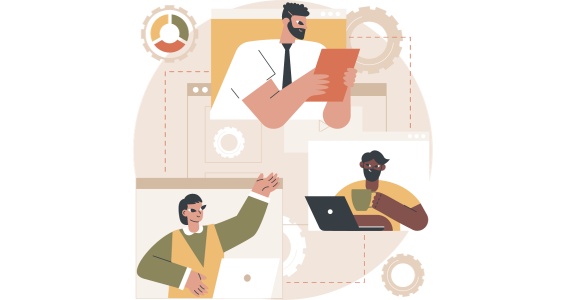
1. Cost Efficiency and Time-to-Market
Standardized building blocks streamline development processes, reducing time-to-market and operational costs. Organizations leverage reusable components, cutting down on redundant efforts and accelerating project timelines.
2. Risk Mitigation and Compliance
Building blocks enhance risk mitigation by promoting standardized and compliant architectures. Organizations align with industry regulations and security standards, mitigating risks associated with non-compliance.
3. Innovation and Adaptability
By fostering a modular approach, building blocks encourage innovation and adaptability. Architects and developers can experiment with new technologies or functionalities within isolated building blocks, promoting innovation without affecting the entire architecture.
Addressing Challenges in Building Block Implementation

1. Governance and Documentation
Implementing effective governance frameworks and maintaining comprehensive documentation is crucial. Clear guidelines and documentation ensure standardized use and management of building blocks.
2. Stakeholder Collaboration
Collaboration among stakeholders, including architects, business leaders, and IT teams, is imperative. Ensuring alignment with business objectives and obtaining stakeholder buy-in facilitates successful implementation.
3. Continuous Review and Optimization
Regular reviews and optimization efforts are essential to ensure building blocks remain relevant and effective. Continuous evaluation and adaptation ensure alignment with evolving business needs and technological advancements.
Conclusion: Empowering Architectural Excellence with TOGAF Building Blocks
TOGAF’s building blocks are not just conceptual entities; they form the bedrock of robust, adaptable, and future-proof enterprise architectures. By strategically identifying, categorizing, and utilizing these building blocks, architects pave the way for agility, scalability, and innovation within organizations.
Embrace the power of TOGAF building blocks, craft architectures that evolve with changing business landscapes, and lead organizations toward architectural excellence and sustained success in the ever-evolving world of enterprise architecture.
See Also: How Strategic Leadership Can Influence The Growth And Expansion Of A Business


